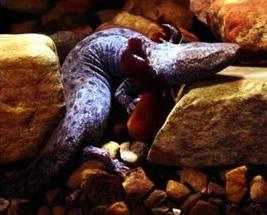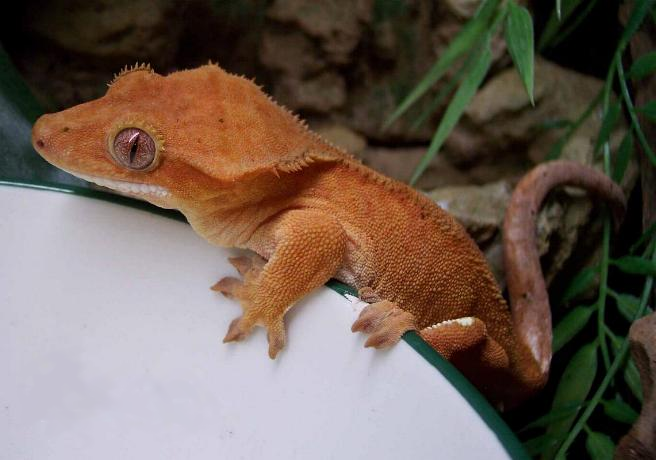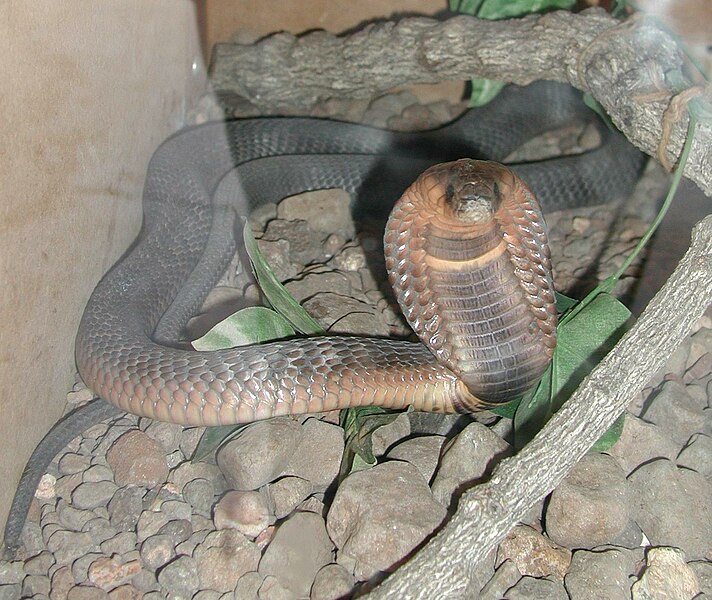 A Mudpuppy (Necturus maculosus) was the first large aquatic salamander I kept in captivity, and I remain as intrigued by them today as I was in childhood. Increasingly rare in the wild, Mudpuppies or Waterdogs make quite hearty captives if attention is given to their unique needs. Today we’ll take a peek at their lives in the wild, and move on to husbandry in Part 2.
A Mudpuppy (Necturus maculosus) was the first large aquatic salamander I kept in captivity, and I remain as intrigued by them today as I was in childhood. Increasingly rare in the wild, Mudpuppies or Waterdogs make quite hearty captives if attention is given to their unique needs. Today we’ll take a peek at their lives in the wild, and move on to husbandry in Part 2.
Classification
The Mudpuppy shares the Family Proteidae with 4 similar species, all native to North America, and the Olm (Proteus anguinus). The Olm, limited in distribution to Northern Italy and the Balkans, spends its entire life in subterranean streams (please see photo of white salamanders). I’ll highlight this blind, other-worldly creature in the future. Read More »
 That Reptile Blog – Reptile, Amphibian and Exotic Pet Care and Information
That Reptile Blog – Reptile, Amphibian and Exotic Pet Care and Information


